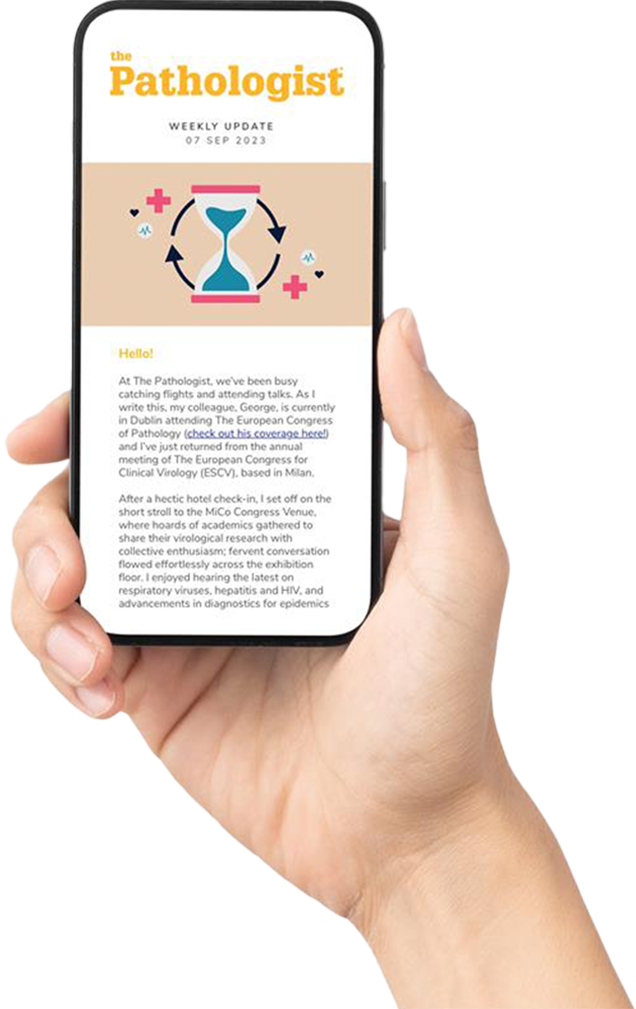
There’s a tension I often feel as a modern medical professional – between how our systems are designed to function and what we, as people, actually want from our work. We operate in a world governed by efficiency, optimization, and measurable outcomes. These are powerful forces that drive organizational success. Yet in a generation increasingly burnt out, I find myself wondering whether we’ve lost something vital along the way.
This disconnect is visible everywhere. “The Great Detachment,” where employees feel emotionally distanced from their work, and the rise of “micro-retirements,” where younger professionals leave the workforce to pursue life outside it, both reflect a deep longing for something beyond productivity and profit. I believe these same forces are shaping pathology too – even if we haven’t fully acknowledged it yet.
Efficiency has its place. It reduces waste, accelerates workflows, and enables scale. But an overemphasis on streamlining can quietly squeeze out what makes work feel human: depth, creativity, and connection. In a detached and often lonely world, being part of an organization that values meaning and purpose can feel almost revolutionary. Yet for large institutions, “human connection” is difficult to measure, let alone replicate – and when we try to scale it, we risk draining it of its essence.
Still, I don’t believe we must choose between meaning and efficiency. The future lies in integrating both. The question I keep returning to is: how do we find that balance in a world that isn’t really built for it?
As a pathologist, I imagine a future where technology – especially artificial intelligence (AI) and digital pathology – helps bridge that gap.
First, flexible work arrangements can be transformative. When a pathologist can work remotely, covering multiple locations without ever stepping into a car or bus, it not only saves the lab money but also improves quality of life. It’s a win-win.
Second, flexibility gives people room to be whole humans – parents, caregivers, community members. That kind of agency isn’t just a perk; it’s the foundation of a sustainable, fulfilling workplace.
Third, AI tools can act as co-pilots. Pre-annotated slides, auto-generated reports, and chart summaries can offload the cognitive and physical burden of repetitive tasks. That frees up time and mental space for more nuanced, intellectually stimulating work – like tackling complex cases, mentoring colleagues, engaging with research, or innovating within the field.
And with that reclaimed time, we can do something even more radical: connect. With clinicians. With patients. With our teams. As diagnostic processes become more efficient, the opportunity to lead, manage, and shape the culture of pathology grows. These are the human contributions no AI can replace.
Creating space for connection isn’t just good for morale – it’s good for medicine. Patients who feel cared for are more likely to seek treatment, return for follow-ups, and trust the system. Communication – between pathologists, clinicians, and patients – may not appear on a KPI dashboard, but it directly improves outcomes.
The future lies in integrating what may seem like opposing values: personal agency and organizational efficiency, optimization and human connection. When we weave them together, we don’t just build better workflows – we build better places to work.
It’s not a clash between generations. It’s a shared desire to do meaningful work – and to do it well. The balance is possible. We just have to design for it.
Alae Kawam is Fellow in Genitourinary Pathology at Mt. Sinai Hospital, New York City, USA
Teaser image credit: Adobe Stock (edited)




